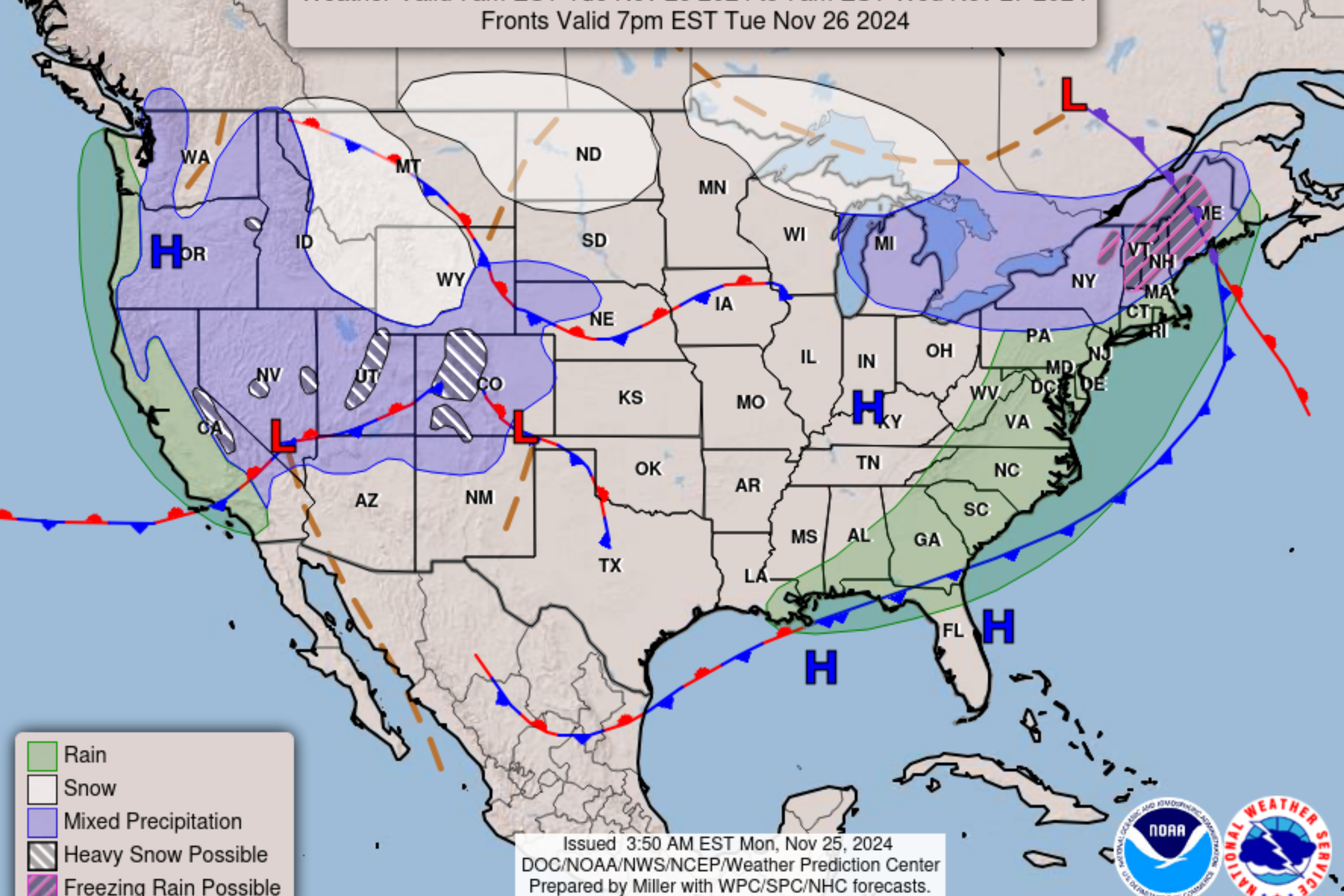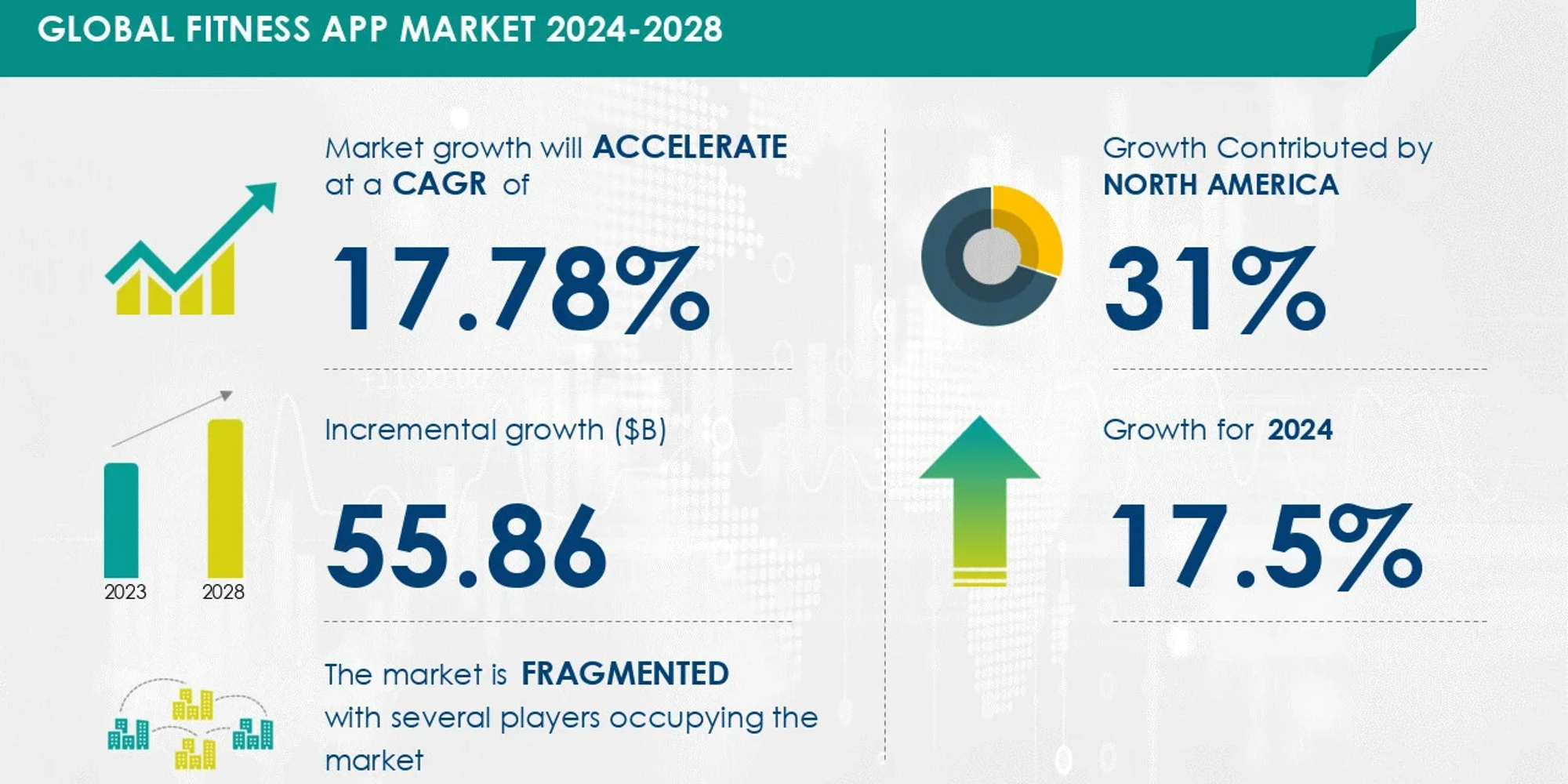World
The Methodology Behind The 2024 Forbes World’s Most Influential CMOs List

Like the increasingly complicated exercise of a chief marketer’s influence, our evaluation of it—and what goes into determining which 50 chief marketers are recognized on the 2024 Forbes World’s Most Influential CMOs list—requires context.
We recognize what one considers “influential,” another might not. So goes marketing, and as with every other aspect of it, reasonable people can disagree, which is why, along with our primary research partner, Sprinklr, and with essential supplemental data and analysis provided by LinkedIn, we take a broad, multifaceted, rigorous, and data-led approach to it, ultimately analyzing nearly 8 billion individual data points to get to the 50 chief marketers recognized here.
How then do we evaluate and measure CMO influence? What proxies for it do we look to in order to try and isolate and identify a CMO’s direct influence as opposed to, say, that of a brilliant product or a CEO’s missteps or genius? Brand equity that’s been built over hundreds of years? Big and small events beyond their control? The actions of others challenging their brand and business beyond their control, for good or not? And we also point out that influence ought not be assumed to be a proxy for brilliant work, even if there is often a correlation.
To the contrary, we can be influenced by and learn from what doesn’t go well as much, sometimes more, than by what does.
With this, we’ll acknowledge that it’s neither simple nor easy to get to an incontrovertible methodological approach at scale, globally, and across categories and industries. But, to be absolutely clear, this list is not and has never been “pay for play.” No one can apply for it or be nominated for it.
The 2024 selection process began with an initial eligible universe of 2,835 brands or companies that appeared in one or more of seven distinct and authoritative data sources (including The Forbes Global 2000 and Brand Finance 500).
Then, to winnow the universe from our initial pool of 2,835 eligible CMOs to the final 50, we use a data-driven process, scoring CMOs on 20 separate influence indicators. Sprinklr, our primary research partner for the past 8 years, uses their suite of proprietary products to measure and analyze CMO attention, performance, and influence across nearly 8 billion individual data points, including news stories, mentions, posts, and comments about the CMO’s work and/or the CMO, globally.
The 20 indicators of and proxies for CMO influence included individual, brand, and marketing attention, sentiment, and salience, as well as visibility for the CMO and their work in the marketing and business communities. Individual CMO rankings were then determined based on a weighted aggregation of these 20 indicators, alongside consideration of financial performance and editorial judgement.
LinkedIn, which provided essential secondary data and analysis, measured CMO’s community, industry, and organizational influence by analyzing over 8 million CMO/brand mentions along with almost 1.6 million individual engagements on CMO posts across their platform. The metrics that specifically assessed the engagement of marketing professionals and business decision-makers came from a universe of approximately 153 million LinkedIn members.
Additionally, we considered breadth and reach of remit, the CMO’s visibility in the marketing and business communities, while making efforts not to penalize those CMOs who choose not to post or promote. Recognition on this list is a measure of influence, not “popularity.
Importantly, for the first year, while we analyze sentiment, we no longer by default consider “negative” sentiment a bad thing, for in creating conversation—again, whether good or bad—that done and not done can influence how others act or don’t act moving forward.
And for only the second year in the list’s 12 years, we also weighed financial performance, specifically year-over-year (YoY) revenue and market-cap metrics, for those publicly traded companies reporting the same. We also considered these same metrics by peer group in order to better account for category and market temperament swings beyond the CMO’s control.
Individual scores and CMO rankings, were then determined based on a weighted aggregation of this data across these 20 indicators. For more detail on how the most influential CMOs were scored and ranked this year, see Sprinklr’s companion report.
In aggregate, the 50 marketers recognized here as the world’s most influential CMOs come from businesses headquartered in 11 countries around the world, and have direct influence over thousands of brands across categories and industries globally. The companies they help steward employ over 10 million people and represent nearly 11 trillion dollars in market capitalization (considering only the 41 publicly traded entities as of the close of markets on June 7th.)
But as always, this is a list about people—not brands or companies. There is, of course, an inevitable link, because attention remains table stakes for influence, and influence needs a platform to be heard, seen, spread, heeded, and learned from. Big brands and companies provide bigger platforms.
With thanks to our partners at Sprinklr and LinkedIn, we invite you to get to know the 50 chief marketers on this year’s list. There is much to learn from what each and every one does and does not do to create customers. From how they are influencing the character and destiny of our industry, and indeed the world itself, as surely as they do the trajectory of their own brands and companies.










